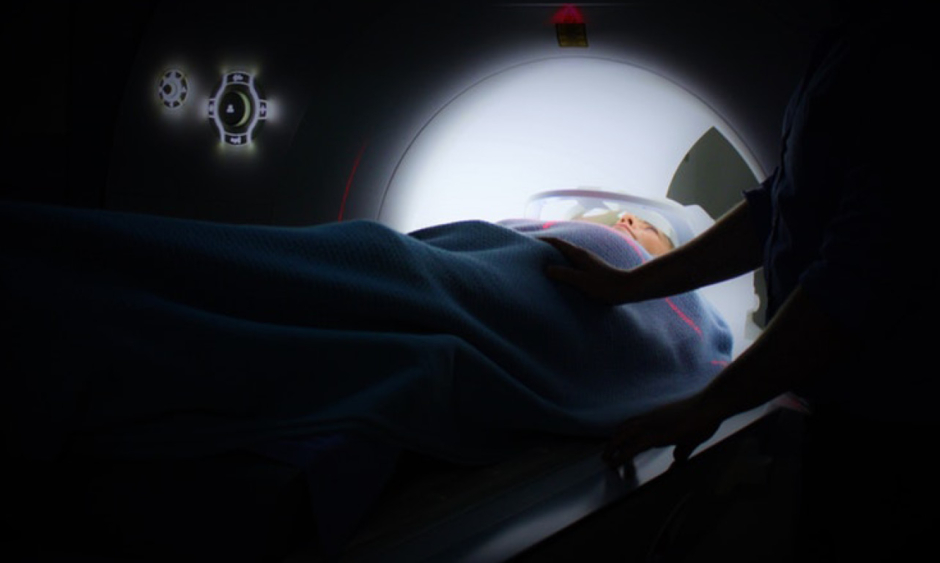Researchers from the University of California, Los Angeles, California, USA, have produced findings attesting that a combination of both systematic and targeted biopsy is required to optimally detect clinically significant (grade 2 or higher) prostate cancer. The Prospective Assessment of Image Registration for Diagnosis of Prostate Cancer (PAIREDCAP) trial was designed in order to delineate outstanding queries regarding MRI-guided prostate biopsy.
Three-hundred biopsy-naïve men aged 45–80 and with elevated prostate-specific antigen levels (<25 ng/mL) or whose rectal examinations produced abnormal findings were included in the analysis. Upon MRI, 248 of these patients exhibited suspicious lesions and underwent 12-score transrectal ultrasound-guided systematic biopsy, before having subsequent cognitive targeted biopsy (3-cores) and software-assisted fusion targeted biopsy (3-cores) performed. The remaining 52 patients, of which all had no visible lesions identified during the MRI, underwent systematic biopsy only.
Using the combined approach, 70.2% of significant cancers were detected, a higher detection rate compared to cognitive targeted biopsy alone, systematic sampling alone, and either cognitive or software fusion biopsy (46.8%, 60.1%, and 62.1%, respectively). The researchers claim that 11.5–33.3% of clinically significant cancers would not have been detected using a singular method.
Dr Leonard S. Marks, lead author of the recent JAMA Surgery publication, commented: “To maximise our ability to identify prostate cancer, we need to take advantage of all the information we can. Our cancer detection rate, while using different methods in tandem, surpasses that from using either method alone.” He also noted, however, that it is still important for individuals who test negatively for lesions following MRI should still receive a systematic biopsy should they be believed to be at high risk (i.e., prostate nodules, family history).
Providing comprehensive and multi-faceted imaging approaches such as the ones suggested by this research group could greatly help clinicians provide highly optimised and accurate diagnoses to these patients.








